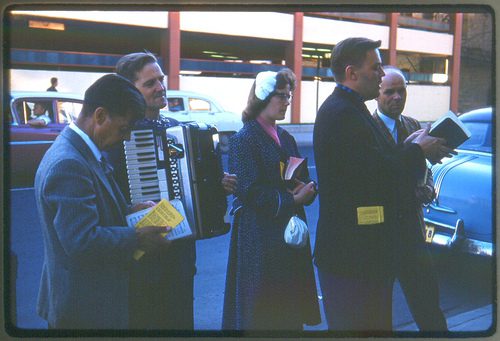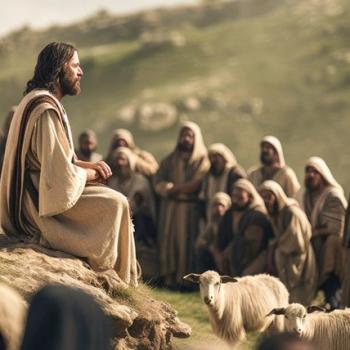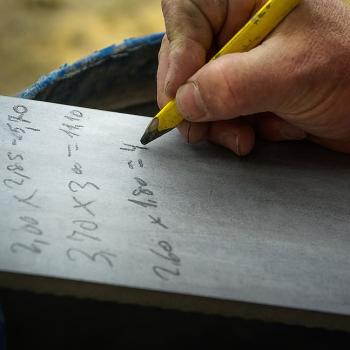Although many can recite a set evangelistic presentation, fewer people could comfortably make sense of the whole Bible’s grand story. We need some help. That was the point of my first post in this new series.
If we were to develop a model that retells the whole biblical narrative, what would it say? What would it do? This second post explains why I designed just such a tool (which I’ll introduce in the next post).
What about methods that exist now?
We need some way (1) to help us keep the whole story organized in our minds and (2) to share that story with others.
Some tools already exist that have helped many. I immediately think of C2C, The Story, and the formula Creation-Fall-Christ-Consummation (or some variation of it). To be clear, these three tools are primary for the sake of evangelism, not for teaching the grand biblical narrative, i.e. not for doing biblical theology. So, I have that in mind as I give my critiques below.
(1) I have previously given my comments about C2C.
(2) On my blog, I have written a more detailed review of The Story. I very much appreciate The Story. Although my review is quite positive, I still have a number of concerns. For example:
–The tract largely passes over the Old Testament as the context for the gospel. It skips from Genesis 3 over Israel and Jesus’ life to his death, then into eternity.
–The tract makes no mention of repentance nor does it help us make sense of why faith is particularly suited to be the way in which we come into God’s kingdom.
–There is nothing about how the rescue and restoration is to affect here and now.
–It still frames the story as if everyone were pursuing salvation via some “works-based” approach.
–It perpetuates the this/next world dichotomy where one sees God mainly in relation to the next life, having little to do with daily life.
As an evangelism tool, I can encourage the use of The Story; however, I still think something else is needed if we want to teach the grand story in a more holistic way.
(3) Regarding “Creation-Fall-Christ-Consummation” and its variations, I will only repeat what I’ve said before. It skips over most of the Old Testament, leaping from Genesis 3 (the Fall) to Romans 3 (the cross).
Biblical Theology is not based on Evangelistic Methods
Generally speaking, these three approaches are designed for doing evangelism. Great. However, good evangelism comes out of good biblical theology. We should not reverse the process—moving from a specific methods or presentation to a biblical theology. In that situation, our favorite formulation will end up biasing our reading of Scripture, blinding us to themes not already included in our evangelistic method.
We need to develop tools that help us go the other direction––from biblical theology to evangelistic presentations. This just seems to me to make a lot of sense. To paraphrase CS Lewis: put second things first, we lose the first and second things. Put first things first, we get first and second things thrown in.
What Should this Model Do?
This new series builds upon my previous series about contextualizing theology among oral peoples. This series puts forward one simple and tangible way of moving forward.
These are our goals. We need a tool that:
(1) Gives a structure for understanding the entire biblical narrative, balancing the various themes and doctrines. It needs to take seriously themes related to honor-shame while not making it difficult to incorporate other motifs.
(2) Provides a context for interpretation. After all, context is king.
(3) Offers a framework for evangelism.
I did not say that every detail must be shared in any given EV conversation. However, it does assist us in balancing our rendering of the story. We need help for those evangelistic conversations that last more than 2-3 minutes. (I’ve been asked a thousand times, “What would you say if you only had 2-3 minutes?” My point is simply that we should not aim so low.)
(4) Lends itself to being easily reproduced across various settings.
Sometime later, I will offer a modification of this model that is conducive to briefer evangelistic conversations. At some point, I’ll offer a model that seeks to complement and/or improve upon other tools, like C2C or The Story.
In the next post, I give a broad overview of the model. The posts that follow will then unpack the details step by step.












